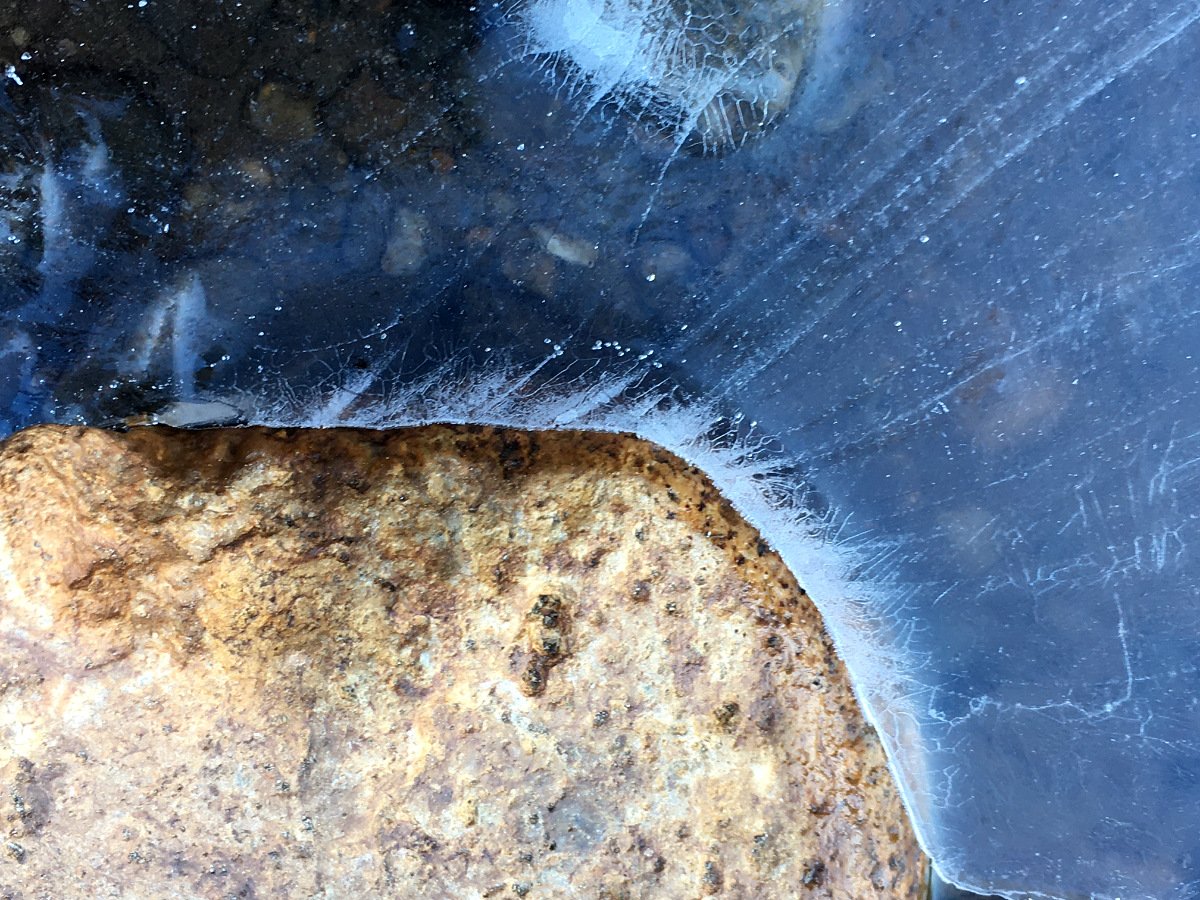I recently met the artist Leslie Blanding Perrin. (Check out her magnificent art at the Leafy Lexicon.) In our conversation, she shared with me that the pith in the stem of the Black Cottonwood is star-shaped.
I did a little poking around on the internet to read about pith in tree stems. The biology of plants is fascinating and gets complicated quickly. I recommend doing research to learn and understand it. Basically, the pith is the spongy portion at the center of the branch that functions to transport nutrients and store food. The new pith is usually pale in color and will often darken to a brown color as it ages.
I went out to the arboretum to find a star, and I ran into two stars of the arboretum, Patrick and Conner. We went over to a cottonwood tree nearby to see what we could find. What we found is that the star is pale and not noticeable on young healthy stems. The first star we discovered was on a stem that was distressed from being used as a deer rub in previous years. The pith had turned a rich brown revealing a wonderful star. We also found the pith turning brown in small, fallen branches on the ground where it had started to deteriorate.
Cottonwoods are magical trees that line the banks of the river, and they have a star at the center of their stems to show it.















































































